Website design
A Comprehensive Guide for Beginners and Professionals
Website design is one of the most vital aspects in the digital age, as it contributes to strengthening digital identity and facilitating communication among individuals. Through creating user-friendly interfaces, the user experience can be enhanced, and interaction with content can be increased.
This article discusses the importance of web design, the essential elements to consider, the latest trends in website design, and the role of SEO in increasing website visibility. You’ll also learn how to choose the right designer and use effective tools and software to improve project outcomes.
Web Design
Introduction to Web Design
Web design is the process of creating and organizing the content that appears on the internet. It is considered one of the essential components of the digital era. Websites have become indispensable tools for both businesses and individuals, playing an important role in strengthening digital identity and delivering information effectively.
Good design requires careful thought about user experience, usability, and accessibility, which significantly improve user interaction.
The importance of web design lies in its ability to provide a platform for showcasing products and services, helping businesses reach a wider audience. A well-designed website allows companies to attract customers and boost brand awareness. Moreover, websites foster communication among individuals and communities. Personal websites or blogs give people a space to express opinions and share ideas, creating an interactive environment.
Websites also strongly support marketing goals through SEO, increasing visibility online and driving traffic, thereby growing the customer base. Additionally, websites offer analytics tools that help in understanding user behavior and preferences, allowing businesses to personalize offers and refine marketing strategies.
Therefore, web design is not just about visual appearance but a strategic component central to business success and social interaction in the modern technological era. Mastering the basics and staying updated with trends are crucial for effective and impactful design.
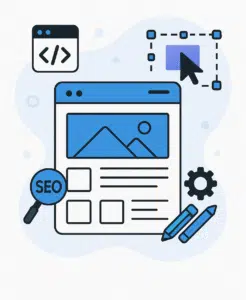
Core Elements of Web Design
Website design requires careful consideration of several key elements that significantly impact user experience and overall success:
- Graphic Design
Visual design should be attractive and interactive. Using the right colors, clear fonts, and illustrative graphics enhances user perception and engagement. - Navigation
Organizing information and simplifying navigation is essential. A clear structure with menus, internal links, and logical page hierarchies ensures users can easily find what they need. - Content
Content must be clear, useful, and relevant to the target audience. Texts, images, and videos should provide added value, while SEO strategies should be integrated to boost search visibility. - Performance
Websites should be fast and efficient. Slow loading frustrates users and increases bounce rates. Optimizations such as image compression and reducing file sizes are critical for smooth user experiences.
The Importance of User Experience (UX)
UX focuses on how visitors interact with a website and their level of satisfaction. A positive user experience directly influences engagement and business outcomes.
Designing effective UX requires understanding user needs, providing seamless navigation, ensuring quick page loads, and offering intuitive functionality. Clear fonts, color contrasts, and visible interactive elements (buttons, links) are vital.
Tools like A/B testing and behavioral analytics help identify improvements based on real user data. Visual and psychological factors also play a central role in creating compelling and valuable experiences.
Responsive Web Design
Responsive design ensures websites function seamlessly across devices — smartphones, tablets, and desktops. This involves:
- Flexible layouts (Grid systems, percentage-based units).
- Responsive images that resize dynamically.
- Mobile-first approach: designing for mobile screens first, then scaling up.
- CSS Media Queries: applying styles based on device properties.
Responsive design boosts usability, accessibility, and search ranking while accommodating the growing mobile user base.
Tools and Software for Web Design
Choosing the right tools is critical for successful projects. Popular ones include:
- Adobe XD: Ideal for creating professional UI/UX prototypes and supporting team collaboration.
- Figma: Cloud-based, allowing real-time collaboration and shared design libraries.
- WordPress: A leading CMS offering easy customization, wide plugin/theme options, and SEO support — suitable for both beginners and experts.
The right choice depends on project requirements, team skills, and budget.
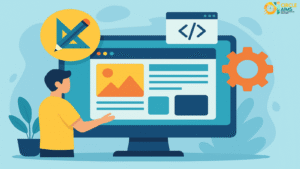
Importance of SEO in Web Design
SEO is often overlooked in design but is crucial for visibility. Key considerations include:
- Site structure: Clear headings and logical organization improve indexing.
- Metadata: Proper titles, alt text, and descriptions enhance ranking.
- Loading speed: Optimizing media and code reduces delays, improving SEO.
- Responsive design: Ensures compatibility across devices, preferred by search engines.
SEO should be integrated from the earliest design stages for optimal results.
Latest Trends in Web Design
Staying updated with trends ensures websites meet evolving user needs:
- Minimalist design: Clean layouts, whitespace, faster loading.
- Animations: Used thoughtfully to engage users and present information dynamically.
- Bold colors: Eye-catching gradients and modern palettes enhance brand identity.
Designers can stay informed by following blogs, e-books, courses, and online communities.
Security in Web Design
Security is essential for protecting sensitive data and building trust. Best practices include:
- HTTPS with SSL certificates for encrypted connections.
- Strong password policies and regular updates.
- Firewalls and intrusion detection systems for monitoring threats.
- Regular updates of software, plugins, and themes.
- Educating teams and users about security basics.
Security is not optional; it’s mandatory for sustainable online operations.
How to Choose the Right Web Designer
Selecting a designer requires thoughtful planning:
- Skills: Strong background in programming, UI/UX, and SEO.
- Portfolio: Review past projects to assess style and range.
- Deadlines: Ensure availability and reliability for timely delivery.
- Client reviews: Provide insights into professionalism and responsiveness.
Taking time to evaluate ensures the right fit and project success.
Web Design with CircleAims
Turn your idea into a website that convinces and sells.
We design fast, secure, and SEO-optimized websites that enhance customer experience and boost conversions.
Why CircleAims?
- Conversion-focused design: Structured pages and strategic CTAs for more leads and sales.
- Speed & Security: Clean code, caching, and layered protection.
- SEO-ready: Smart structure, schema, and optimized loading.
- Easy control panel: Edit content yourself without a developer.
- Ongoing support: Monitoring, backups, and regular updates.
What We Offer:
- Company profile websites
- WooCommerce / Shopify online stores
- Landing pages for ad campaigns
- Blogs and content magazines
- Booking and service websites
- Website redesign and optimization
Our 4-Step Process:
- Discovery & Strategy: Goals, competitors, information architecture
- UX/UI: Wireframes + responsive interface design
- Development & Integration: WordPress/Shopify + payment/shipping gateways
- Launch & Measurement: Testing, indexing, analytics & heatmaps

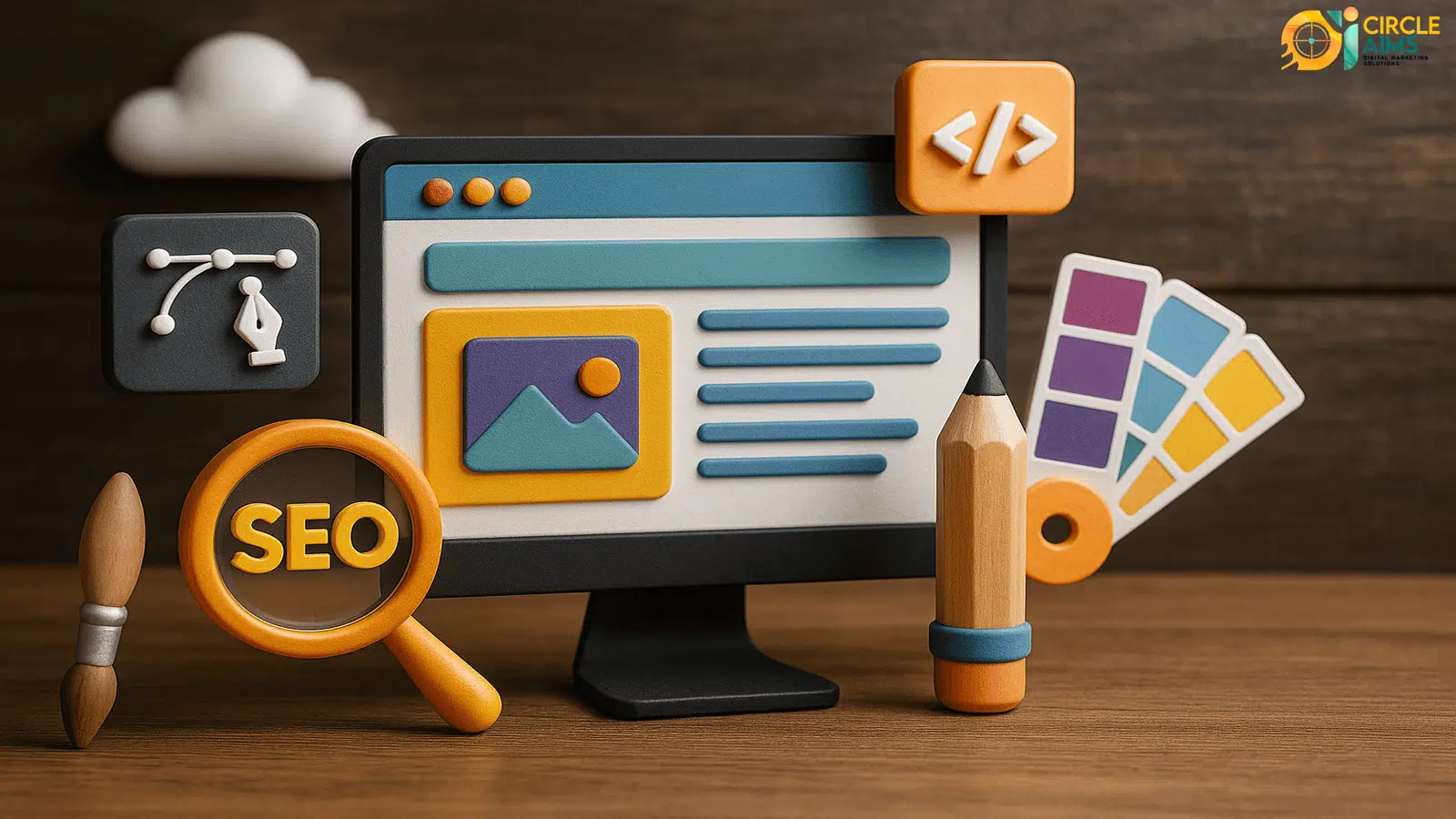

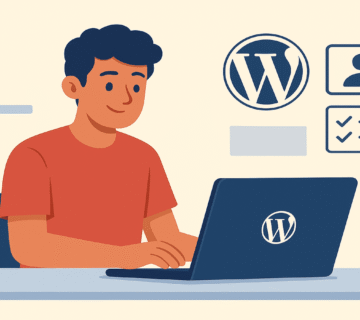
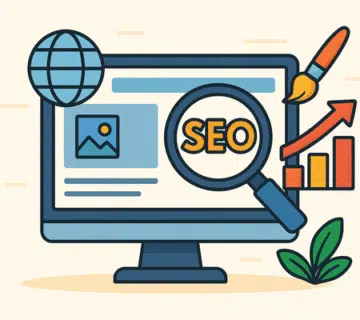
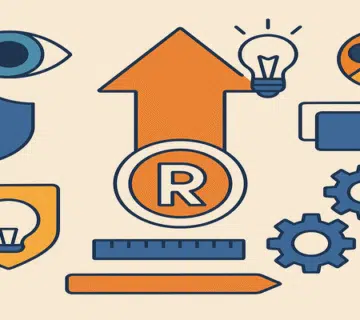

No comment